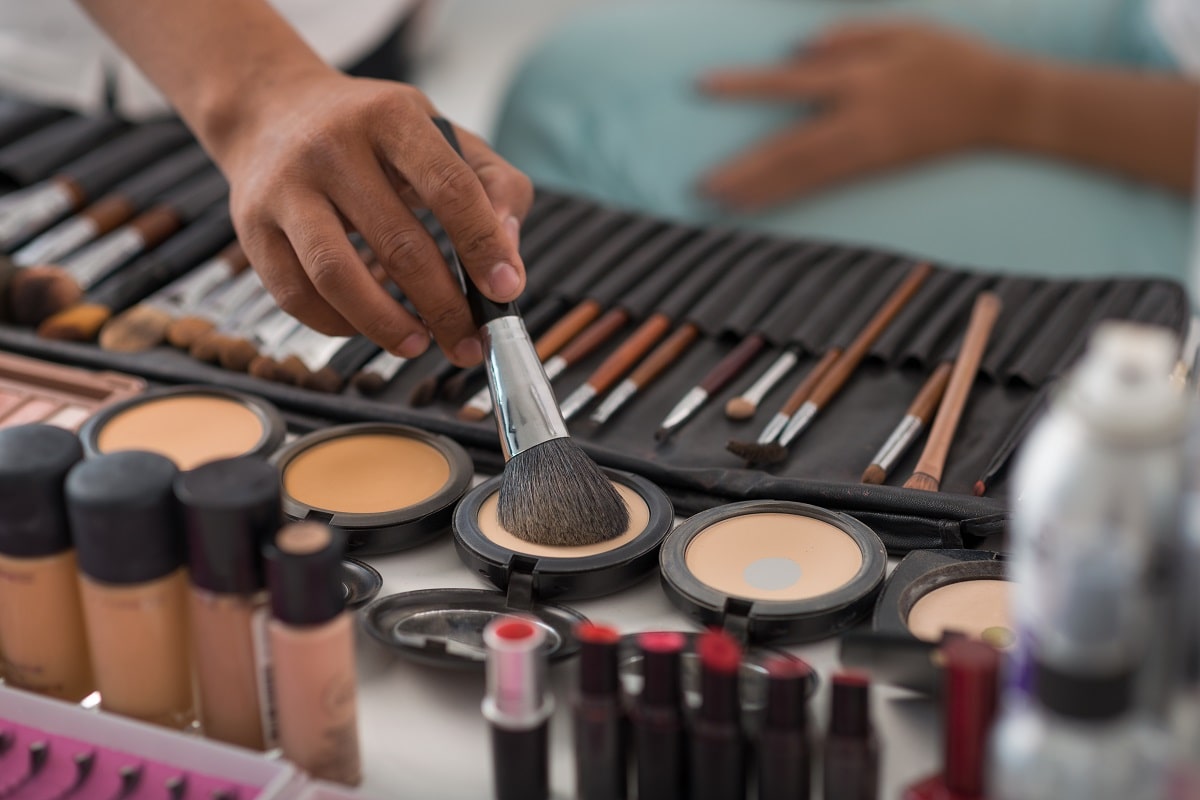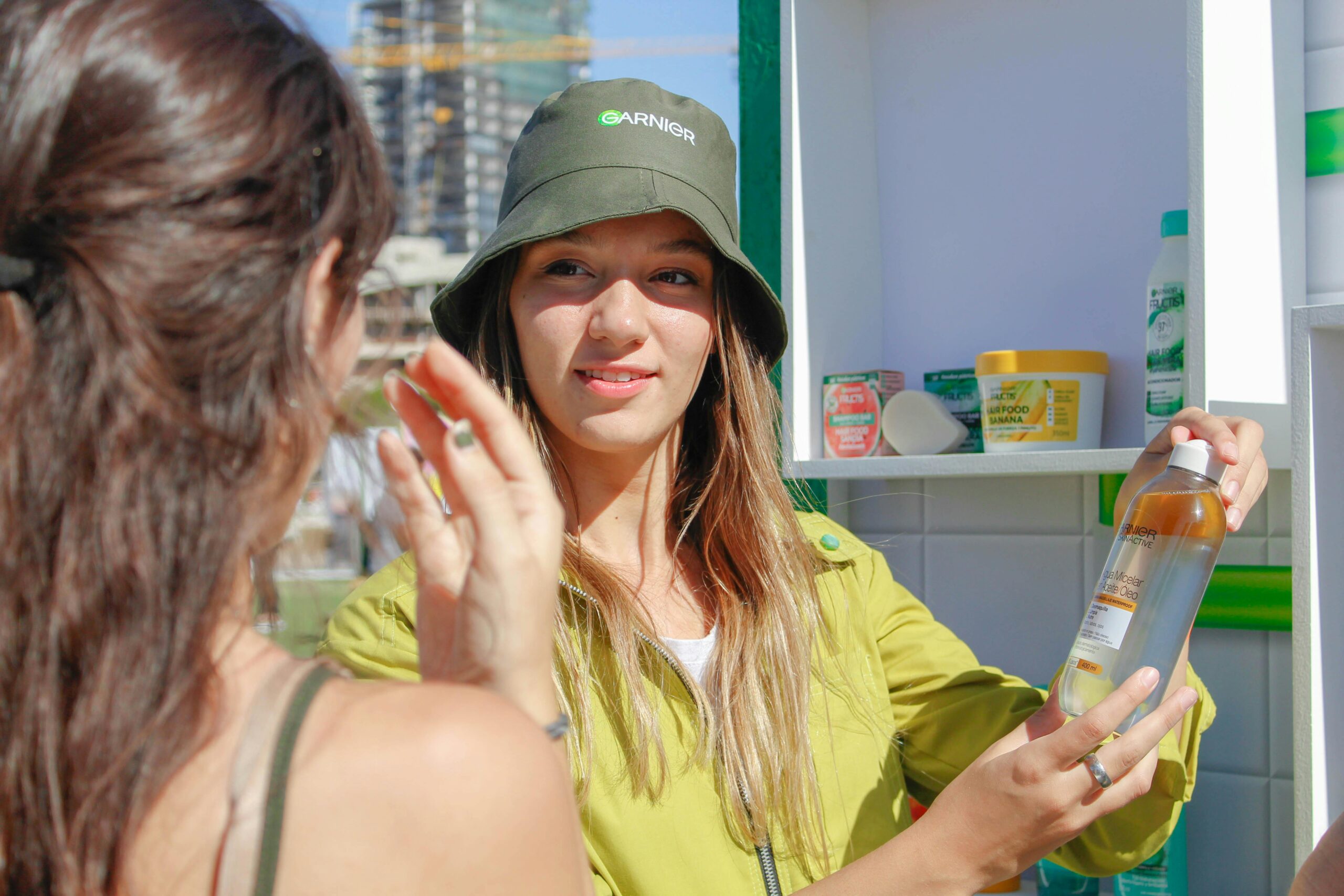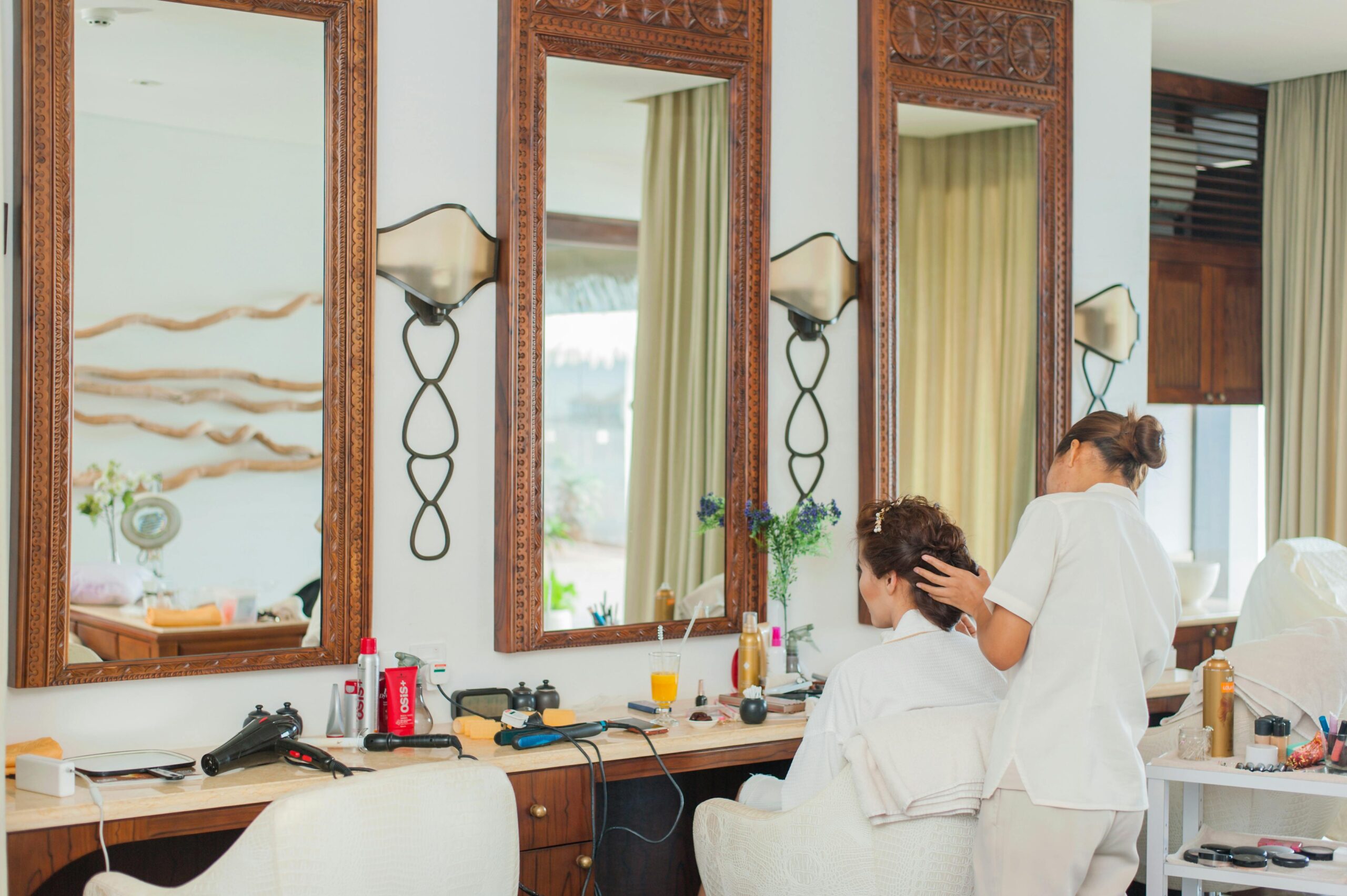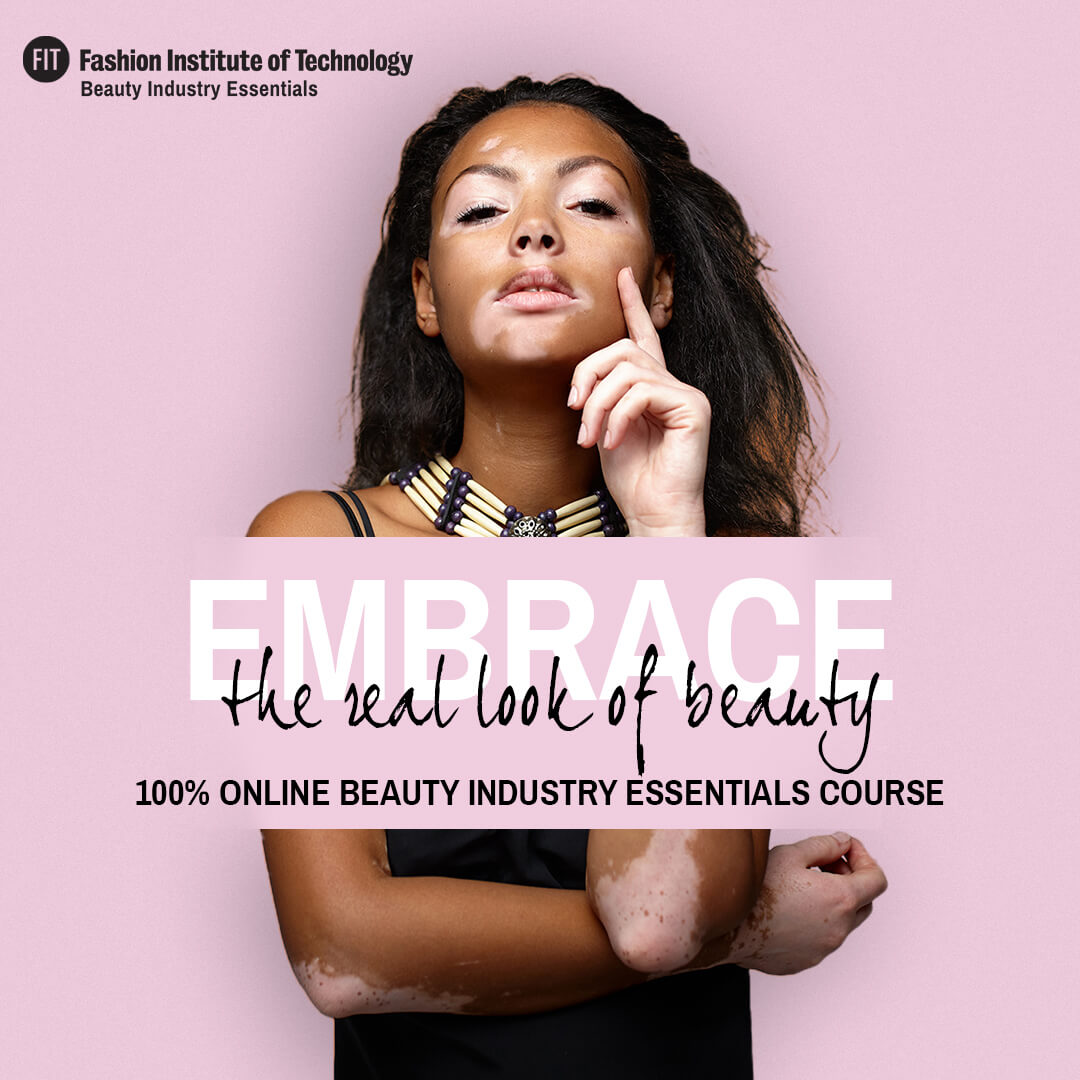Creating beauty products is a fascinating and rewarding process that requires a blend of creativity, innovation, and strategic planning. Whether you are a beauty enthusiast looking to start your own cosmetics line or a seasoned entrepreneur aiming to expand your product range, understanding the intricacies of creating beauty products is essential for success.
In this comprehensive guide, we will explore the key steps involved in creating beauty products and delve into the top 10 jobs in the beauty industry that play a crucial role in bringing innovative and high-quality beauty products to market.
1. Market Research
Before embarking on the journey of creating beauty products, thorough market research is essential. Understanding current trends, consumer preferences, competitor offerings, and market gaps will provide valuable insights to guide your product development process.
2. Concept Development
Once you have a solid understanding of the market landscape, it’s time to brainstorm and develop unique product concepts. Consider factors such as target audience, product positioning, benefits, packaging, and branding to create a compelling beauty product that resonates with consumers.
3. Formulation
Formulation is a critical aspect of creating beauty products. Collaborating with cosmetic chemists or formulators, you will work on developing formulas that deliver the desired performance, texture, fragrance, and skincare benefits while adhering to regulatory standards.
4. Packaging and Design
Packaging plays a significant role in the success of a beauty product. Investing in eye-catching and functional packaging design that reflects your brand identity and communicates the product’s benefits is crucial in attracting consumers.
5. Product Testing
Before launching a beauty product, rigorous testing and evaluation are necessary to ensure its safety, efficacy, and stability. Conducting various tests, including patch tests, stability tests, and consumer trials, will help refine the product and address any potential issues.
6. Regulatory Compliance
Navigating the complex regulatory landscape is vital in creating beauty products. Understanding and complying with cosmetic regulations, ingredient restrictions, labeling requirements, and safety standards are key to ensuring legal compliance and consumer safety.
7. Production and Manufacturing
Once the formulation, testing, and packaging are finalized, it’s time to move into production and manufacturing. Collaborating with reputable manufacturers or setting up in-house production facilities can help scale up production while maintaining quality standards.
8. Marketing and Sales
Developing a comprehensive marketing strategy is essential for successfully launching a beauty product. Leveraging branding, promotion, distribution channels, influencer partnerships, and customer engagement can create buzz and drive sales.
9. Quality Control
Maintaining quality control throughout the production process is crucial in creating beauty products that meet high standards. Implementing strict quality control measures ensures consistency and customer satisfaction.
10. Research and Development
Continuous research and development are key to staying ahead in the competitive beauty industry. Investing in innovation, exploring new ingredients and technologies, and adapting to changing consumer preferences are essential for long-term success.
Conclusion
By following these essential steps and understanding the top 10 jobs in the beauty industry, you can create innovative, high-quality beauty products that resonate with consumers and drive business growth.
Each role in the beauty industry plays a vital part in the product development process, from formulation chemists to packaging designers, marketing specialists, and quality control experts. Collaborating with a diverse team of professionals can help bring your beauty product vision to life and make a lasting impact in the dynamic beauty industry.
Key Takeaways:
- Creating beauty products requires a balance of creativity, innovation, and strategic planning for long-term success.
- Thorough market research helps identify trends, consumer needs, competitor products, and gaps in the market.
- Concept development should focus on target audience, product benefits, branding, and packaging appeal to build a standout product.
- Formulation is essential, involving collaboration with chemists to ensure product performance, safety, and regulatory compliance.
- Packaging design influences consumer decisions, serving both functional and branding purposes.
- Product testing is vital to ensure safety, efficacy, and stability before the product hits the market.
- Regulatory compliance protects both consumers and brands, requiring adherence to legal standards and ingredient guidelines.
- Production and manufacturing scale your product, whether through third-party manufacturers or in-house facilities.
- Marketing and sales strategies—including branding, social media, and influencer partnerships—are key to product visibility and sales growth.
- Quality control ensures consistency and reliability, building consumer trust and satisfaction.
- Ongoing research and development drive innovation and help your brand adapt to changing industry trends and consumer demands.
- Success depends on teamwork, with various roles such as chemists, designers, marketers, and quality control experts contributing to the final product.
Mastering the intricacies of creating beauty products is crucial for success in the beauty industry. To further enhance your knowledge and skills, consider exploring the FIT Beauty Industry Essentials online course and certificate program offered by Yellowbrick.






